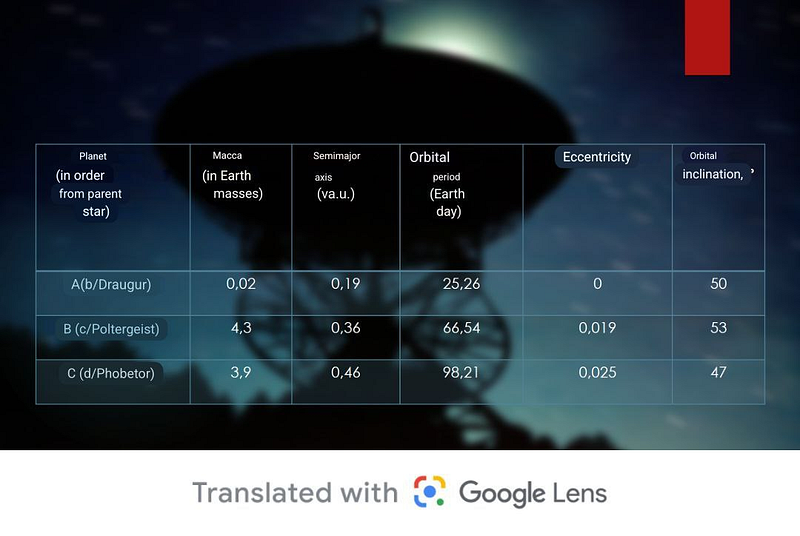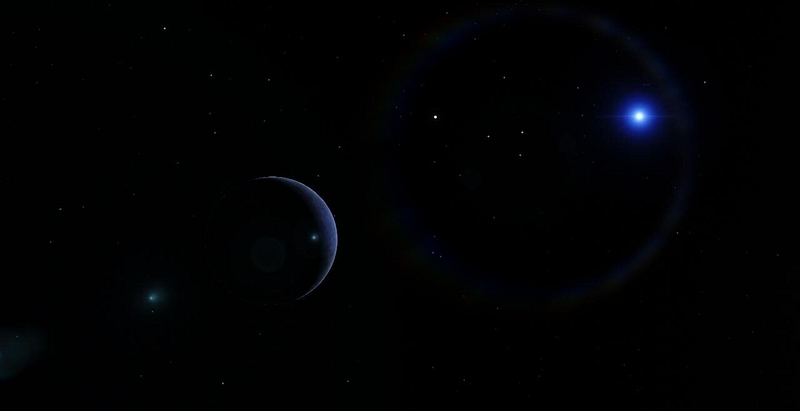Exploring the Mystery of Exoplanets Near Pulsars
Written on
Chapter 1: Understanding Pulsar Exoplanets
Pulsar planets, or exoplanets that orbit pulsars, represent a captivating area of study in astrophysics. Their existence raises intriguing questions, and scientists continue to debate both their origins and existence.
To grasp the concept of pulsar planets, it’s important to first understand what a pulsar is. Pulsars are rotating compact stars that emit regular bursts of electromagnetic radiation from their magnetic poles, which are tilted compared to their rotational axes. These bursts occur at stable intervals, allowing even minor timing discrepancies to suggest the presence of other massive bodies in the vicinity, such as exoplanets.

Currently, the number of confirmed pulsar exoplanets is quite limited when compared to those discovered through the transit method or radial velocity approach. However, the precision of the pulsation timing method ensures that these discoveries are of high quality.
A significant challenge in this field is explaining how planetary systems can form around pulsars. Given that a pulsar is a remnant of a supernova, it was once believed that any planetary system associated with the original star would not survive the explosion.
Chapter 2: Pioneering Discoveries in Pulsar Exoplanets
The breakthrough discovery of the first exoplanet, 51 Pegasi b, by Michel Mayor and Didier Queloz in 1995 is well-known. However, the true pioneers in the realm of pulsar exoplanets are often credited to Alexander Wolszczan and Dale Frail. In 1991, Wolszczan identified and, a year later, Frail confirmed the existence of at least two low-mass bodies orbiting the pulsar PSR 1257+12, which were soon classified as exoplanets.
The planetary system surrounding PSR 1257+12 is quite unique. Initially, scientists expressed skepticism about Wolszczan's findings, as they anticipated exoplanets would predominantly orbit main-sequence stars, like 51 Pegasi. Prior to this discovery, another potential exoplanet around the pulsar PSR 1829–10 had been ruled out due to calculation errors, leading to doubts in the scientific community about planets around pulsars. Nevertheless, the confirmation of a planet orbiting this compact object—an ordinary millisecond pulsar with approximately 1.5 times the mass of the Sun and a radius just under ten kilometers—challenged these preconceived notions. Currently, four exoplanets have been identified in this system, with three confirmed: Draugr, Poltergeist, and Phobetor.

These planets have names rooted in Scandinavian and ancient mythologies, with the pulsar itself referred to as Lich. The names reflect intriguing connections to necromancy and the undead: Lich embodies a necromancer, Draugr represents a reanimated corpse, Poltergeist symbolizes a household ghost, and Phobetor is the ancient god of nightmares. This nomenclature hints at the prevailing theories regarding the formation of this planetary system.

Theories regarding the origin of this system abound. While some suggest that planets might have formed from the peculiar remnants of a supernova, this idea is largely dismissed. Another less commonly held theory proposes that planets originated from a quark-nova explosion. The most widely accepted explanation posits that the planets emerged from material in the star's accretion disk, resulting from the merger of two white dwarfs into a pulsar.
Chapter 3: The Possibility of Life in the PSR B1257+12 System
The conditions on pulsar planets are considered quite hostile, especially for terrestrial life. These planets are continually bombarded by intense streams of microwave radiation from the pulsar's powerful magnetic field, which also accelerates fundamental particles. Despite this, some terrestrial organisms, such as the bacterium Deinococcus radiodurans, may possess the resilience to endure such radiation.

However, the surface conditions of these exoplanets remain largely unknown. Speculations arise regarding the potential for habitability. It is established that the habitable zone around pulsars, particularly PSR B1257+12, is significantly narrower than that surrounding main-sequence stars. Nevertheless, planets c and d lie within this zone. If these planets possess a dense and extensive gaseous envelope, it could provide protection to surface organisms from the relentless high-frequency radiation, while the pulsar itself might supply enough warmth to keep water in liquid form.
In the video titled "How Are Exoplanets Found?", we delve into the methodologies used to identify these distant worlds and the implications of their existence.
Clap if you want to see more articles about space in your feed!
Subscribe to our channel and submit your questions, which I will address in future articles.